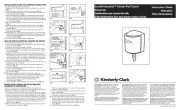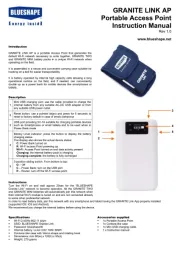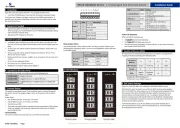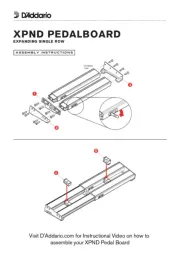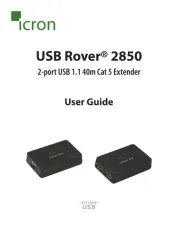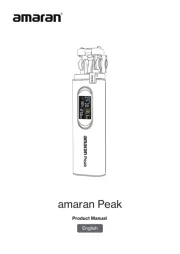Microchip ATSAM4E8E Manual
Læs gratis den danske manual til Microchip ATSAM4E8E (40 sider) i kategorien Ikke kategoriseret. Denne vejledning er vurderet som hjælpsom af 25 personer og har en gennemsnitlig bedømmelse på 4.7 stjerner ud af 13 anmeldelser.
Har du et spørgsmål om Microchip ATSAM4E8E, eller vil du spørge andre brugere om produktet?

Produkt Specifikationer
| Mærke: | Microchip |
| Kategori: | Ikke kategoriseret |
| Model: | ATSAM4E8E |
Har du brug for hjælp?
Hvis du har brug for hjælp til Microchip ATSAM4E8E stil et spørgsmål nedenfor, og andre brugere vil svare dig
Ikke kategoriseret Microchip Manualer



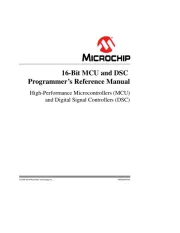

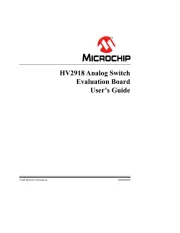
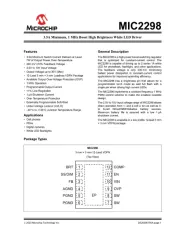
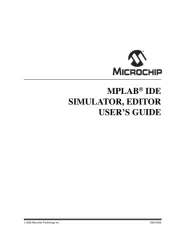

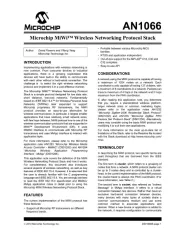
Ikke kategoriseret Manualer
- Eta
- Mirpol
- TDX
- Prince
- Aalberg Audio
- Meccano
- Güde
- Akuvox
- Njoy
- Westland
- Scotsman
- Stäubli
- Mophie
- Elta
- Ground Zero
Nyeste Ikke kategoriseret Manualer
